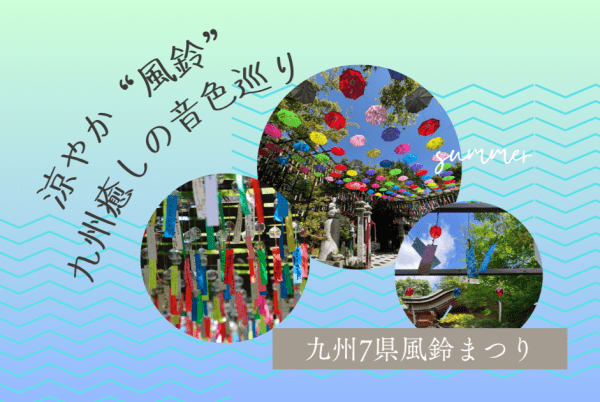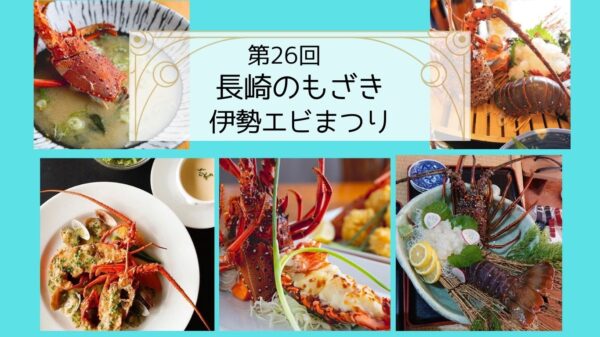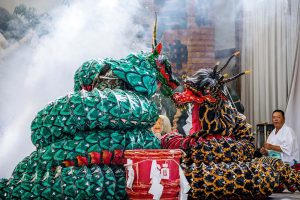Yame Fukushima Hina no Sato. A town of handicrafts that retains the atmosphere of a castle town
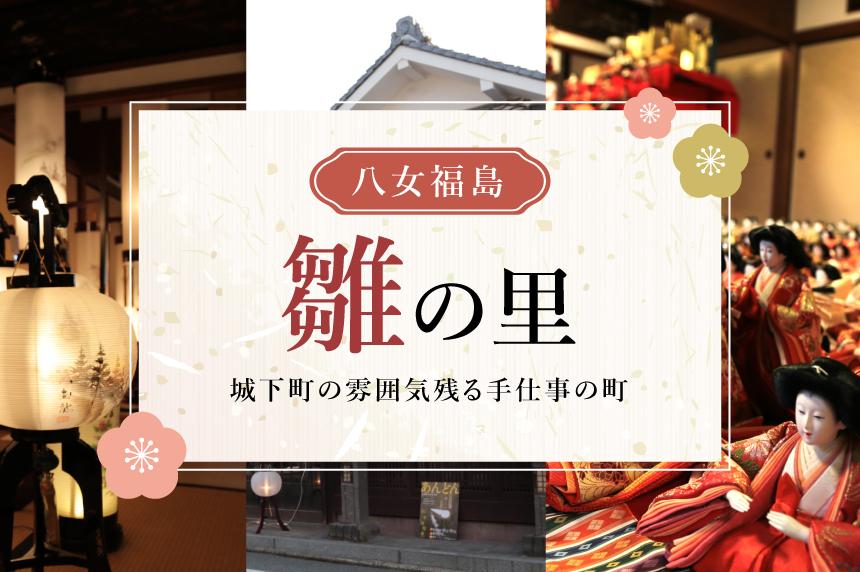
Yame City is located in the southern part of Fukuoka Prefecture. It is a tea-growing region famous for Yame tea.
One of the other popular tourist farms is a strawberry production area. From the central plains to the nature-rich mountains, the area is rich in water and greenery. Tea fields spread out everywhere you go, and the murmuring of clear streams, chirping birds, and the sound of forest trees swaying in the wind soothe the soul. It is a good place to go when you want to get away from the daily routine. It takes less than one hour from Fukuoka City to the Yame Interchange on the expressway. It is just the right distance for a drive.
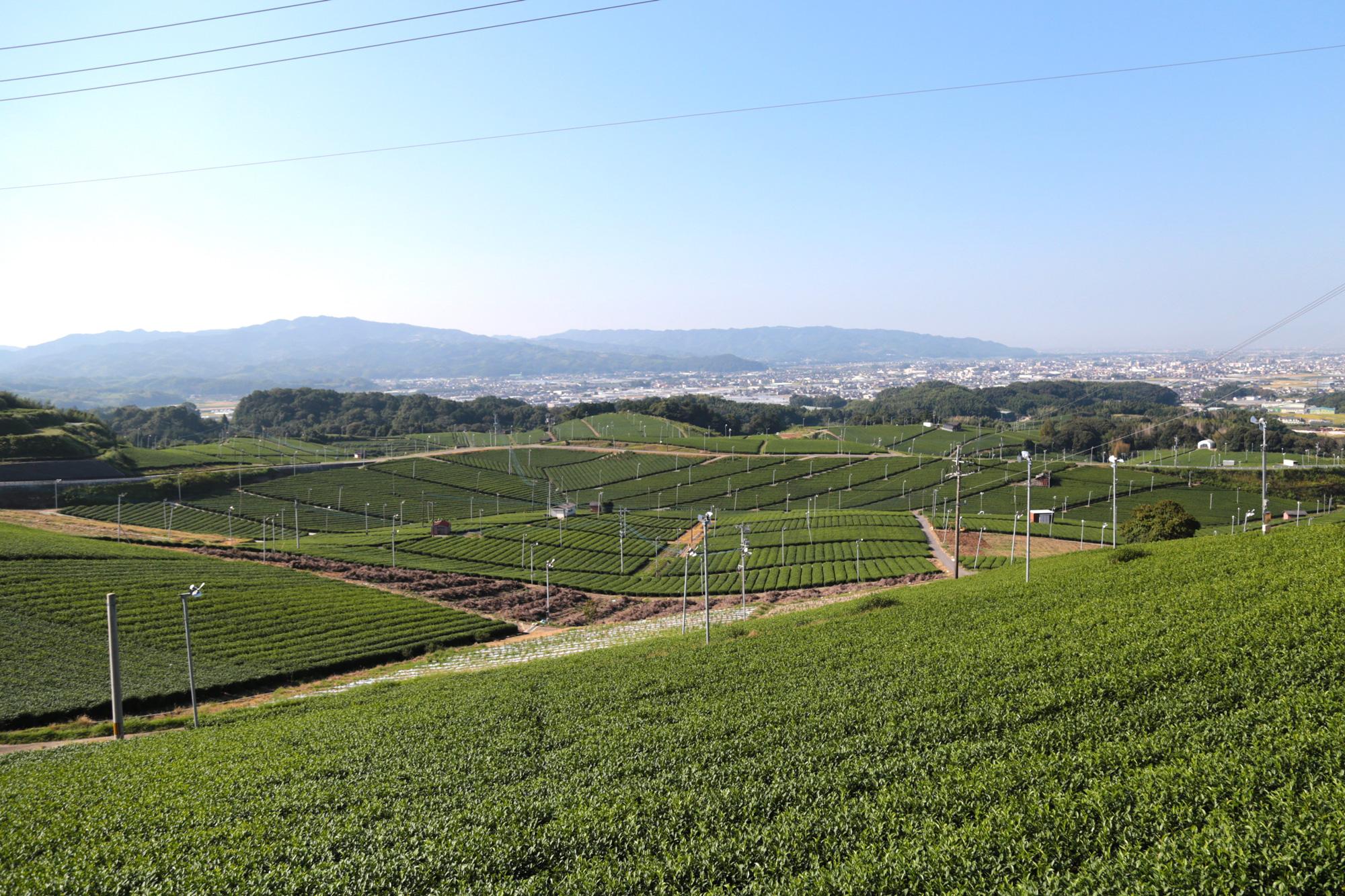
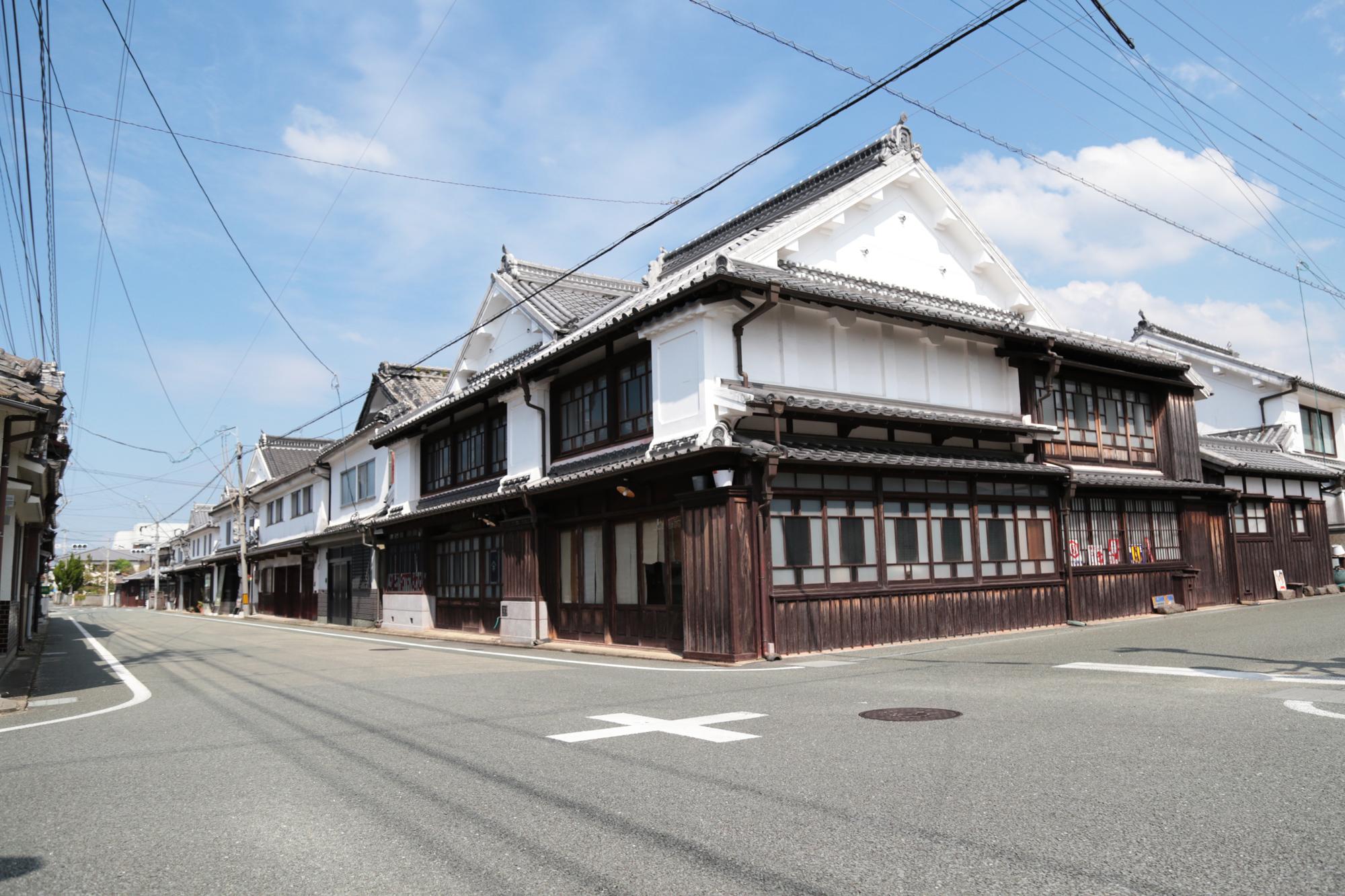
Strolling along the white-walled streets is recommended.
Located in the center of Yame City, south of City Hall, the Fukushima district is a nostalgic place where white-walled buildings still remain.
Yamefukushima is said to have been developed by Yoshimasa Tanaka, who devoted himself to the flood control of the Yanagawa River. The first lord of the clan was Yoshimasa's third son, Yasumasa. Although it was a flat castle without a castle tower, it had a well-developed lifeline and prospered as a castle town.
Although the castle was abandoned after its brief history due to the One-Castle Order, it remained as a merchant town and is now a government-selected "Preservation District for Groups of Traditional Buildings".
The townscape is lined with traditional buildings from the Edo period to the early Showa period along the old Okan road, and the best part is that you feel as if you have stepped back in time when you stand there.
In recent years, the building has been transformed into fashionable cafes, restaurants, and luxury hotels, attracting many tourists from Japan and abroad, in an effort to preserve the building while using it.
The "Eel's Bed" sells modern-style monpais made from Kurume Kasuri, a traditional handicraft of the Chikugo district, and miscellaneous daily life utensils from various historical regions. The atmospheric store, an innovation of two townhouses, conveys the quality of Japanese handicrafts. In addition, "NIPPONIA HOTEL Yamefukushima" offers two renovated accommodations, one in a former sake brewery and the other in an old tea shop. The lifestyle and culture inscribed in each house warmly welcomes guests.
Popular grocery store for young people▼.
https://unagino-nedoko.net/about/
High Profile Luxury Accommodation ▼
https://www.yame-fukushimastay.com/
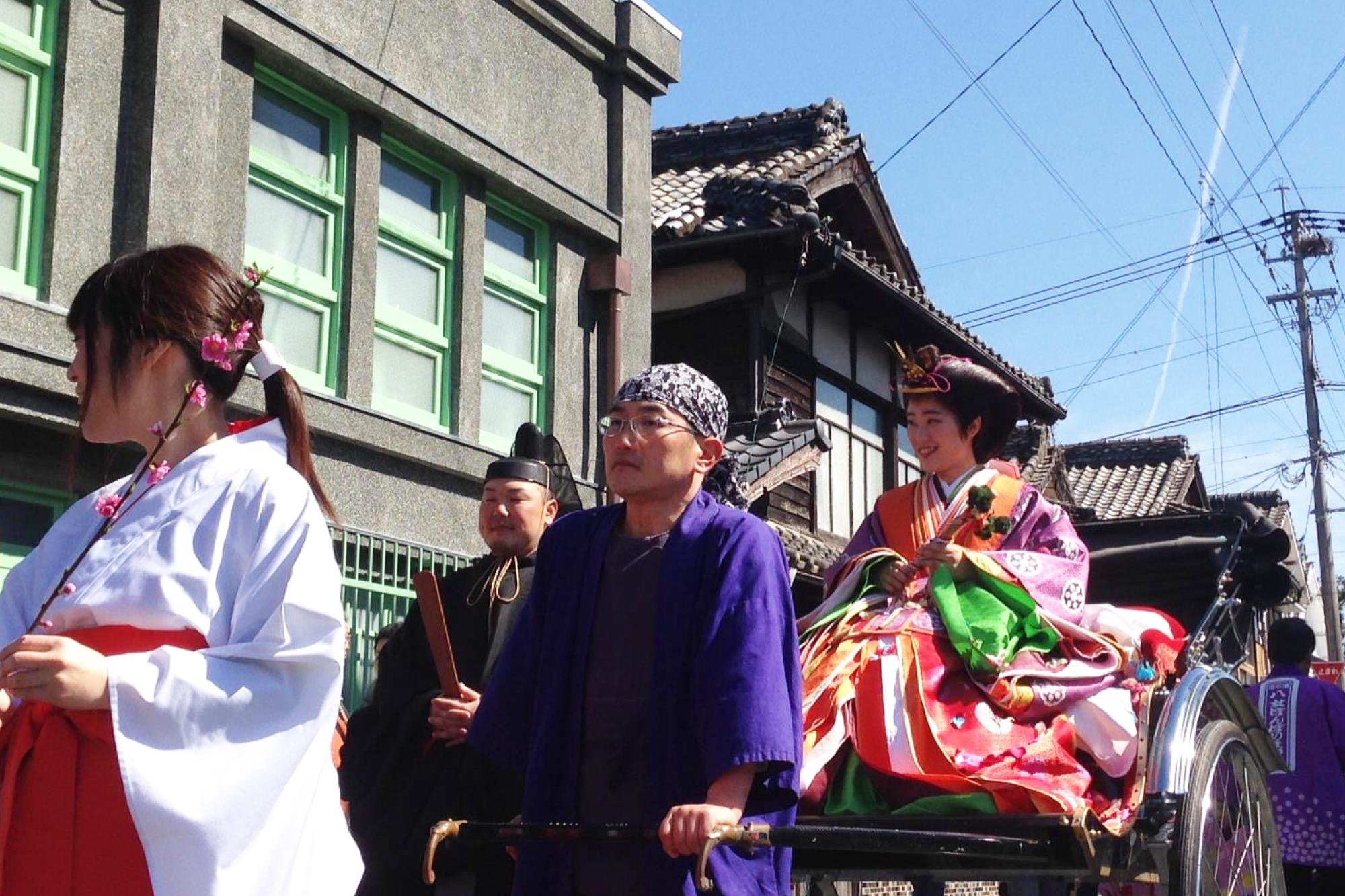
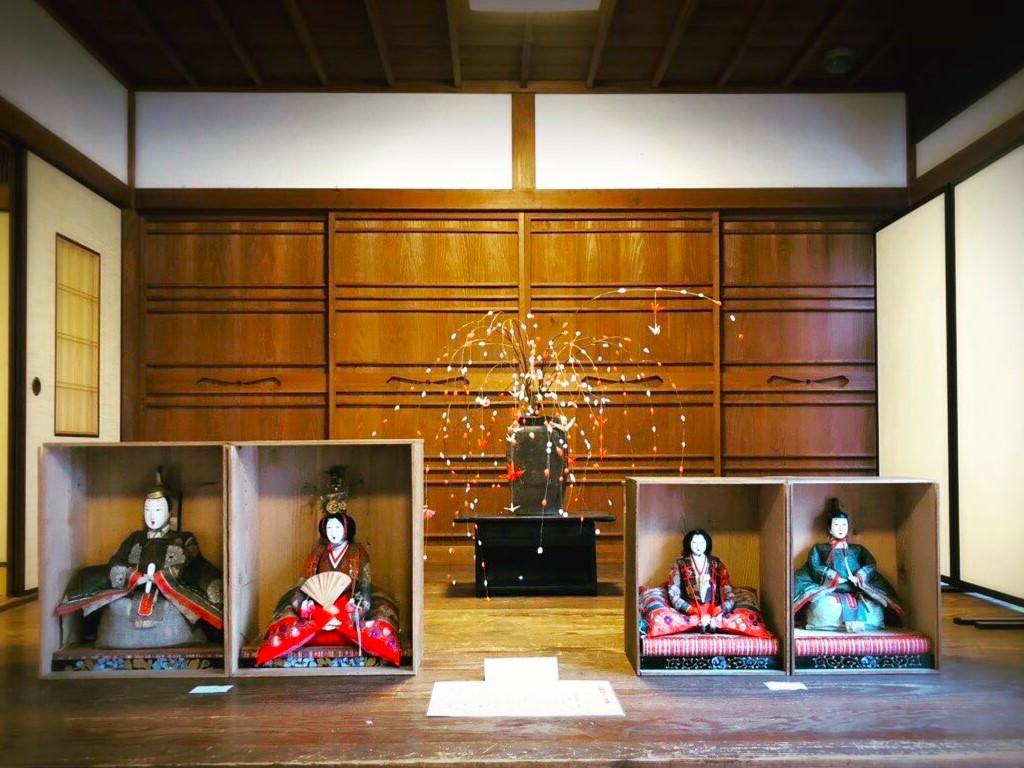
Hina no Sato, Yame Bonbori Festival, a major spring event
Yame is also a production center that has been making hina dolls since ancient times.
For this reason, the town is known as "Hina no Sato" and holds the "Hina no Sato Yame Bonbori Festival" for a month from mid-February to mid-March every year. Hina dolls are displayed throughout the town for the enjoyment of tourists.
Among them, "Hakohina," the symbol of Yame Fukushima's hina ornaments, is an unusual "boxed" hina decoration.
It is said that this method of decoration was created by craftsmen of Yame's Buddhist altars and fittings as a side job. The reason for the dolls being placed in boxes is said to have originated when craftsmen of Buddhist altars, paper lanterns, and handmade Japanese paper made dolls, secretly hid them in cedar boxes, and displayed them, "for the growth of their precious children," as the common people yearned for the gorgeous doll decorations that were allowed only for wealthy people such as feudal lords, samurai families, and big stores during the Edo period.
In those days, maki-e and painting of Buddhist altars and lanterns were divided into separate jobs, and the meticulous work of each craftsman is evident. This is the kind of doll decoration that could only be made in a "town of handiwork.
Hina no Sato Yame Bonbori Festival website is here ▼
https://yame.travel/project/bonbori/
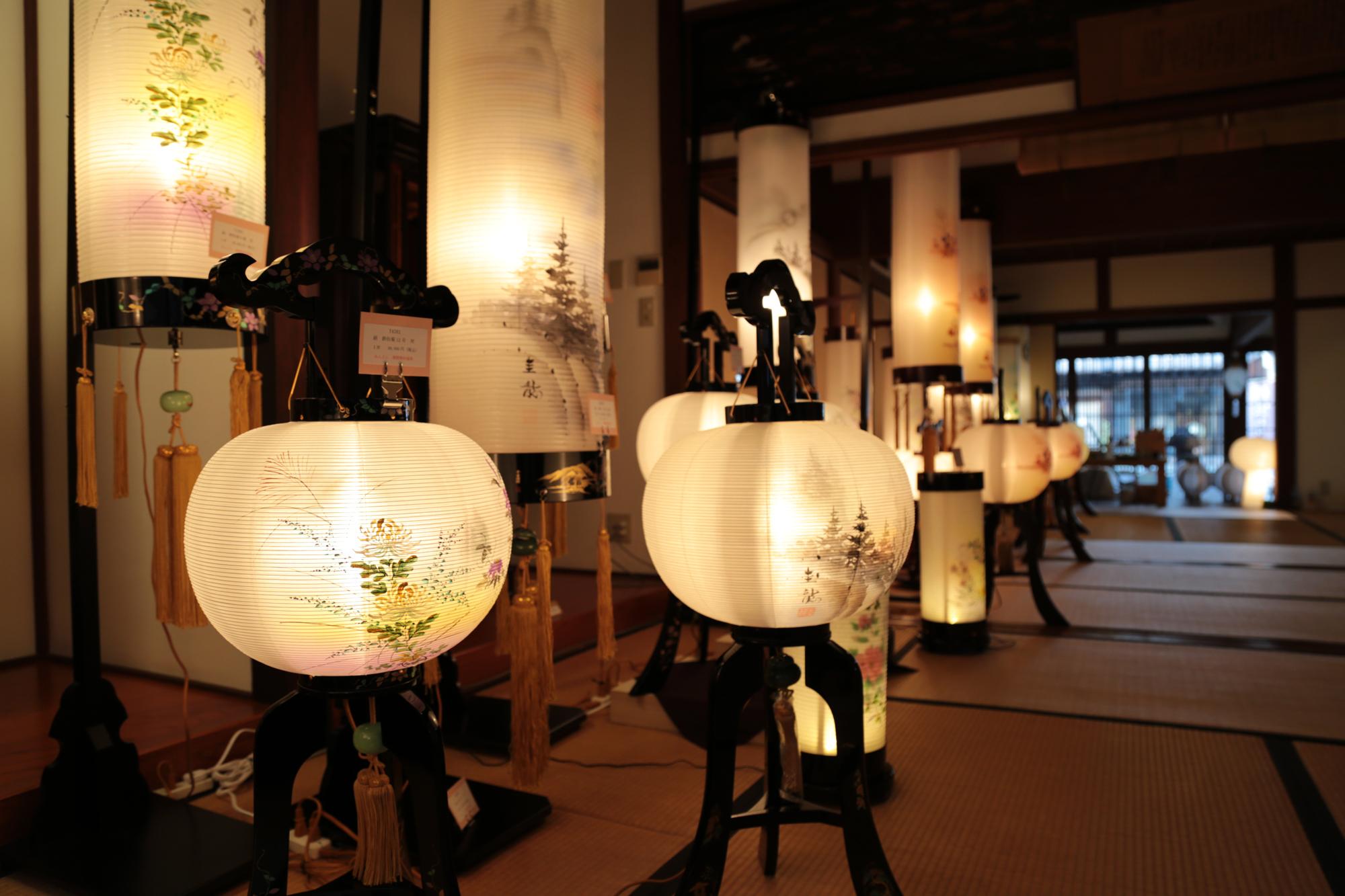
Handicrafts" to be handed down to the next generation
Yame Fukushima is still a "handicraft town" where craftsmen continue to pass down their skills. Yame Chochin is one of them.
Blessed with the clear waters of the Yabe River, the area was blessed with long-fiber kouzo, which was used to make the durable handmade washi paper that became popular from the Edo period to the early Showa period.
One of the industries unique to this washi production center is the making of paper lanterns. The area was blessed with many bamboo groves, which provided the material for the bamboo frame of the lanterns. Craftsmen competed with each other to improve their painting techniques, and many painters are still making hand-painted lanterns today. The Yame Traditional Crafts Museum exhibits all of these traditional crafts in one place. Visitors can also try their hand at making handmade washi paper.
Not only do they focus on passing on traditional crafts, but they also take advantage of their craftsmanship to try their hand at making new things, such as lanterns and lacquered accessories that fit into modern lifestyles. Many young people have moved to the area, attracted by its culture, scenery, and the warmth of its people.
Yame Traditional Crafts Museum
https://yamedentoukougeikan.jimdo.com/
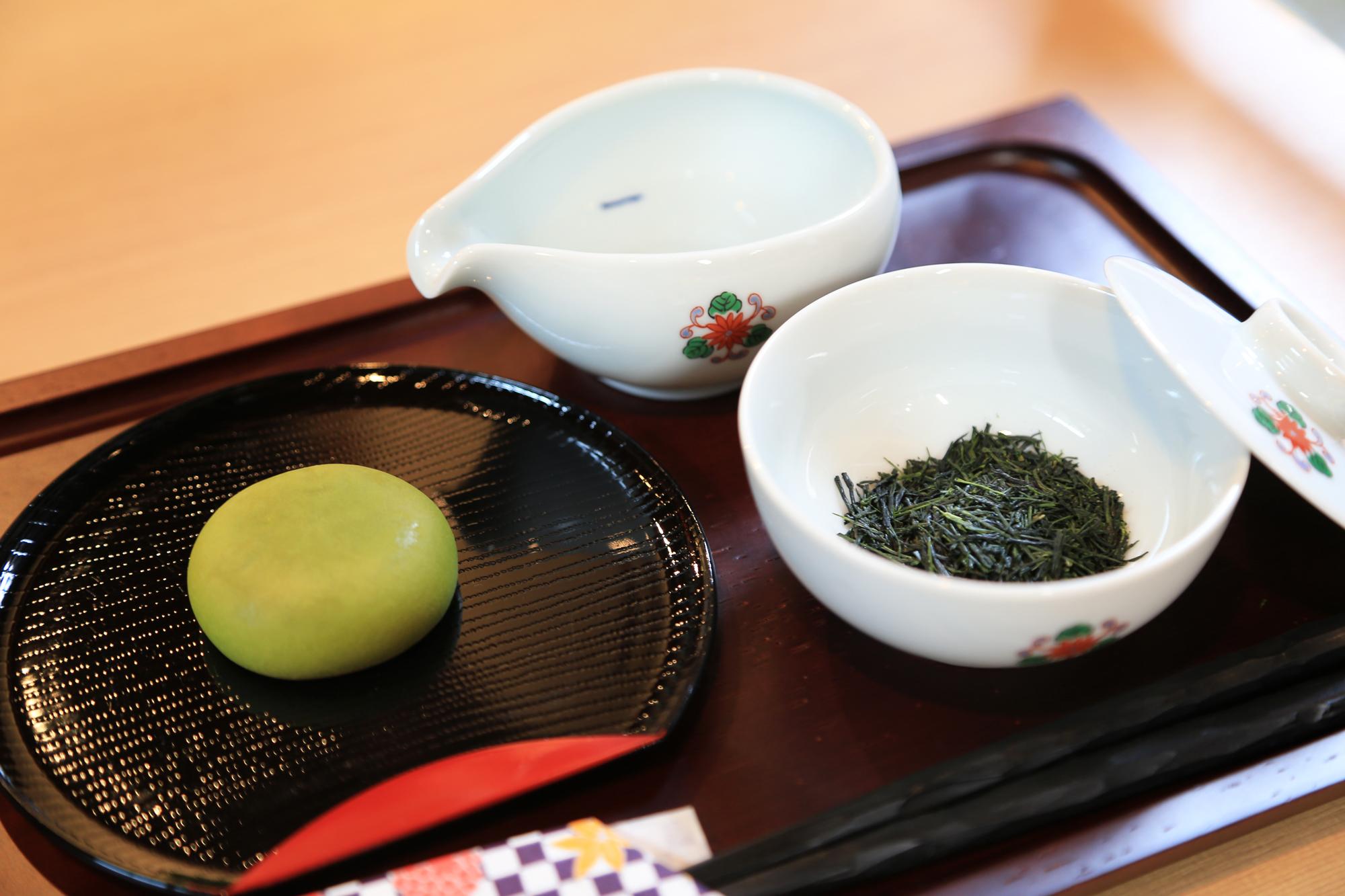
A drop of gold" traditional Hon Gyokuro, where the tea leaves are also eaten
Yame City is one of the leading tea production areas in Japan. In the "gyokuro category" of the National Tea Fair, it has won the "Production Area Award" for 23 consecutive years, and its gyokuro is recognized by the highest ranking tea fair in Japan. Among them, the special "Yame Traditional Hon Gyokuro" grown using traditional methods is a GI certified gem under the Ministry of Agriculture, Forestry and Fisheries' "Geographical Indications Protection System.
The tea, brewed with properly heated water and timed carefully, tasted like no other green tea I had ever tasted, with a strong umami flavor. After enjoying the aroma, the tea leaves are served with vinegar and soy sauce. Gyokuro is famous in Hoshino Village, Yame City, where it is produced, but it can also be enjoyed in Yame Fukushima, so if you do not have time to travel to the mountains, we recommend that you enjoy it in the city. The Yame Tea Café at the Yame Yokomachi Machiya Koryukan, a former sake brewery, is one such place. Enjoy a cup of tea first, and then relax.
Yame City Yokomachi Machiya Koryukan
https://yamekanko.com/machiya/
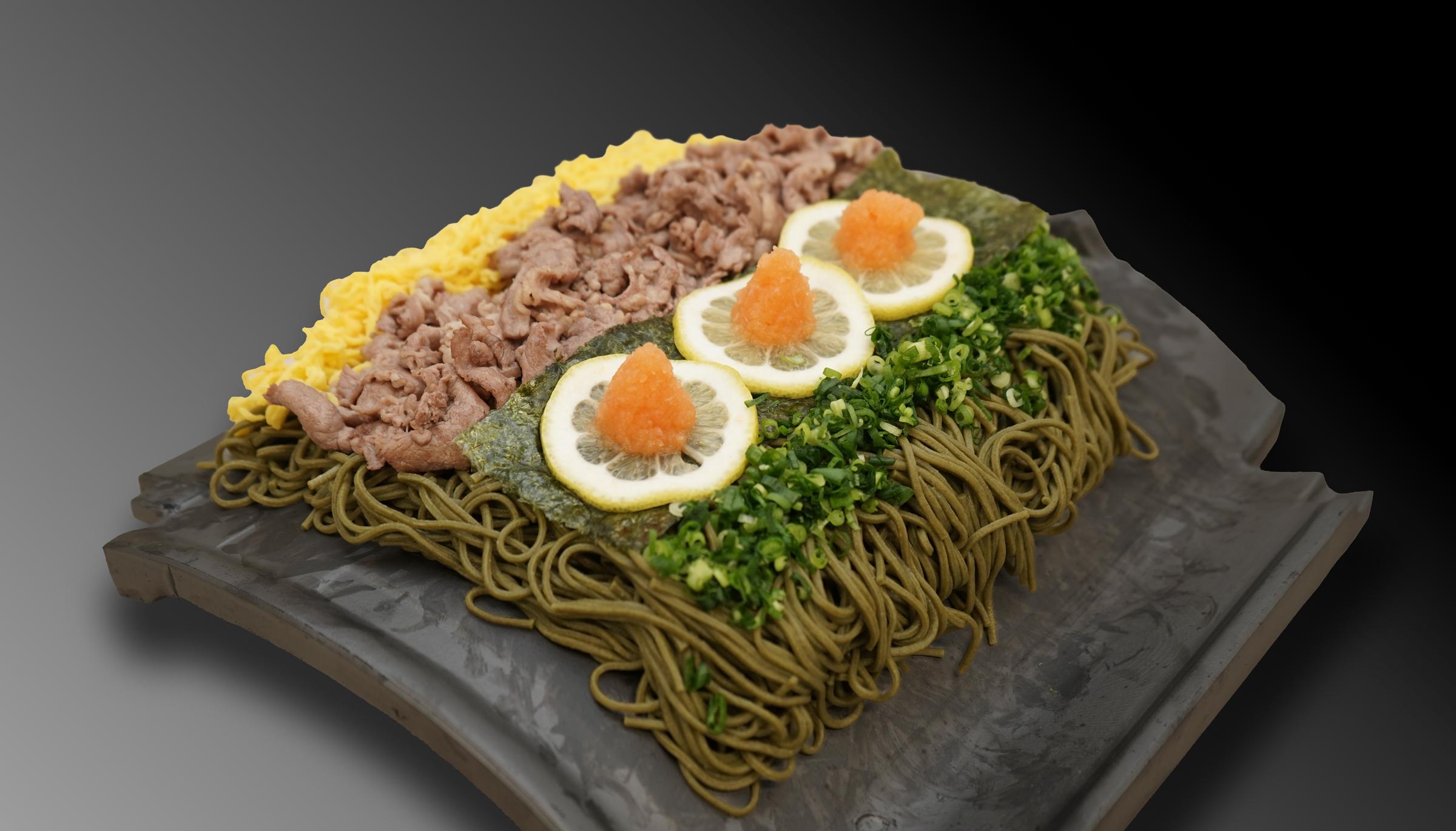
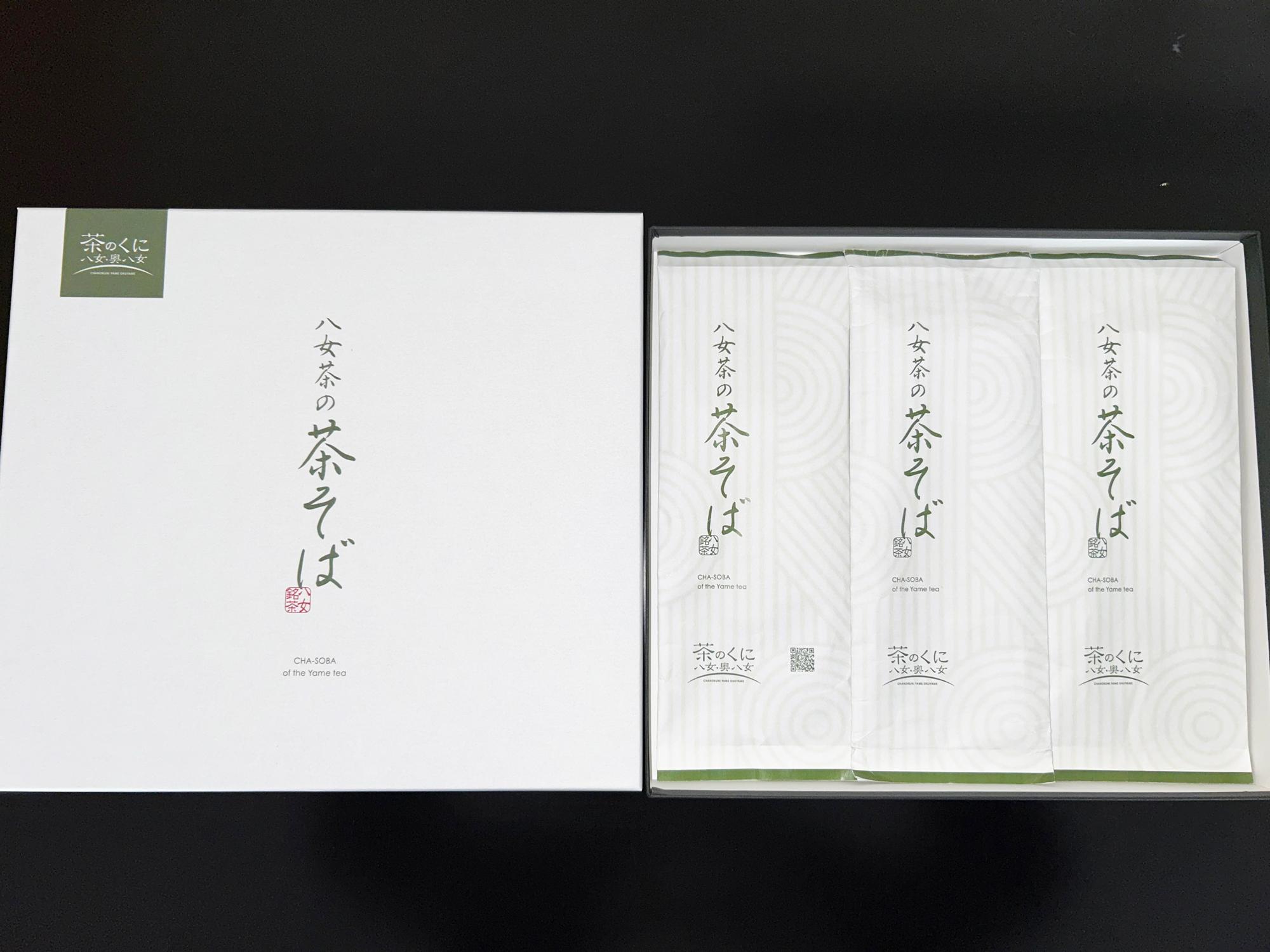
Cha-soba made with Yamecha tea is popular
Yamecha Tea Soba made with Yamecha tea, which is said to be completed in December 2023.
Currently, it is sold over-the-counter at tea stores, souvenir stores, and Roadside Station Tachibana, but they are preparing to expand the business to restaurants as well. At Bengara-mura, a health promotion facility in Yame City, it has already become popular as a restaurant menu item.
Gift packaged in a decorative box is sold exclusively at the Yame Chamber of Commerce and Industry for 2,708 yen (tax included).
Souvenirs (80g O O 3 bundles) 756 yen including tax
For inquiries, please contact Yame Chamber of Commerce and Industry ▼
http://yamecci.or.jp/wordpress/
Yame with its delicious water and long-established sake breweries
Yame, a prosperous merchant town, is also home to a historic sake brewery. The sake is so beautiful that it has a truly large number of fans not only locals but also from within the prefecture and even outside of Japan.
Yame's sake is made from the delicious water of Yame. It is recommended as a souvenir, but we encourage you to compare the sake.
■Kitaya Corporation
https://www.kitaya.co.jp/
▼ Sake brewery release Saturday, March 2, 2024, details on website.
https://www.kitaya.co.jp/news/?pageid=399
Takahashi Shoten Corporation
https://www.kitaya.co.jp/news/?pageid=399

